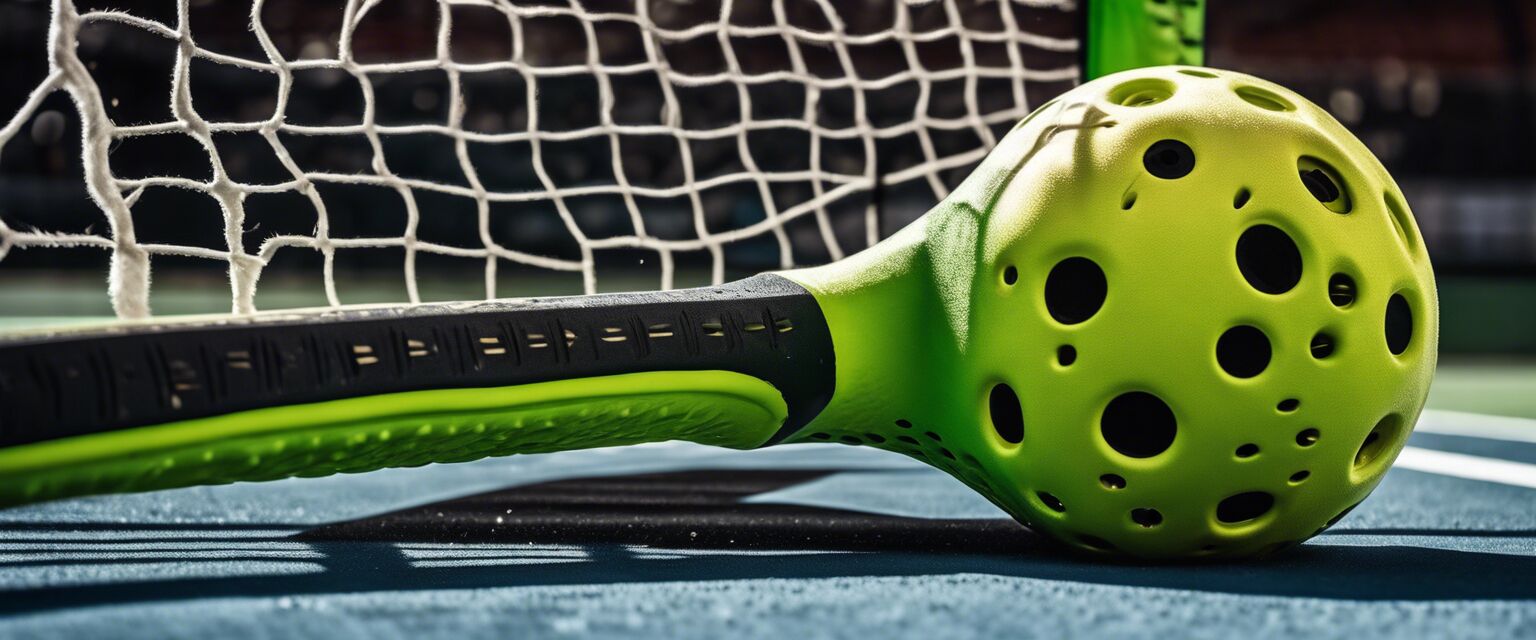
Materials Used in Budget Pickleball Paddles
- Common materials include composite, wood, and graphite.
- Weight and balance affect the paddle's performance.
- Durability and price are influenced by the materials used.
- Understanding materials helps in selecting the best budget paddle.
Pickleball is one of the fastest-growing sports in the United States, and its appeal is matched by the increasing variety of paddles available. In this article, we take a deep dive into the materials used in affordable pickleball paddles, helping you understand how they impact performance and cost.
Overview of Paddle Materials
Paddle construction varies significantly, and each material offers unique benefits and drawbacks. Below, we explore the most common materials found in budget-friendly pickleball paddles.
| Material | Description | Pros | Cons |
|---|---|---|---|
| Composite | Combines plastic and other materials for a versatile option. |
|
|
| Wood | Traditional material, often used for entry-level paddles. |
|
|
| Graphite | High-performance material, often found in professional paddles. |
|
|
Factors Affecting Paddle Performance
The choice of material not only affects the price but also directly influences performance. Here are some key factors to consider:
- Weight: Heavier paddles tend to provide more power, while lighter paddles allow for quicker swings.
- Balance: The distribution of weight can affect how the paddle feels during play.
- Texture: Surface materials can enhance control on the ball.
Popular Picks for Budget Paddles
Budget paddles come in various styles, catering to different player preferences. Here are some noteworthy paddles based on material:
| Paddle Type | Material | Price Range |
|---|---|---|
| Entry-Level Paddle | Wood | $20 - $50 |
| Intermediate Paddle | Composite | $50 - $100 |
| Performance Paddle | Graphite | $100 - $150 |
Understanding Composite and Wood Paddles
Choosing between composite and wood paddles boils down to personal preference and playing style. Let's explore these two popular options in detail.
Composite Paddles

Composite paddles are favored for their versatile performance attributes. They provide a good balance of power and control, making them suitable for both beginners and intermediate players.
Wood Paddles

These paddles are typically less expensive and are a great option for beginners. While they are heavier, they are also very durable.
Choosing the Right Paddle for You
When shopping for a budget paddle, consider the following:
Tips for Beginners
- Start with a wood paddle if you're new to the game.
- Test different weights to find what feels comfortable.
- Always check reviews to gather insights on material performance.
Key Considerations When Buying Budget Paddles
Here are some essential considerations:
- Identify your skill level and playing style.
- Consider weight and material preferences.
- Budget wisely; sometimes spending a little extra can greatly enhance your experience.
Conclusion
Understanding the materials used in budget pickleball paddles is crucial in making an informed purchase. From composites to wood and graphite, each material has unique properties that affect performance, weight, and price. By considering these factors, you can choose the right paddle that suits your playing style and budget effectively.
Pros
- Variety of materials caters to different player needs.
- Budget options make the sport accessible to all.
- Materials directly impact performance and gameplay.
Cons
- Less expensive materials may not last as long.
- Advanced players may outgrow budget options quickly.
- Limited choices in high-performance paddles.
For more insights into specific types of paddles, check out our Control Paddles, Entry-Level Paddles, and Intermediate Paddles. We're here to guide you on your pickleball journey!

